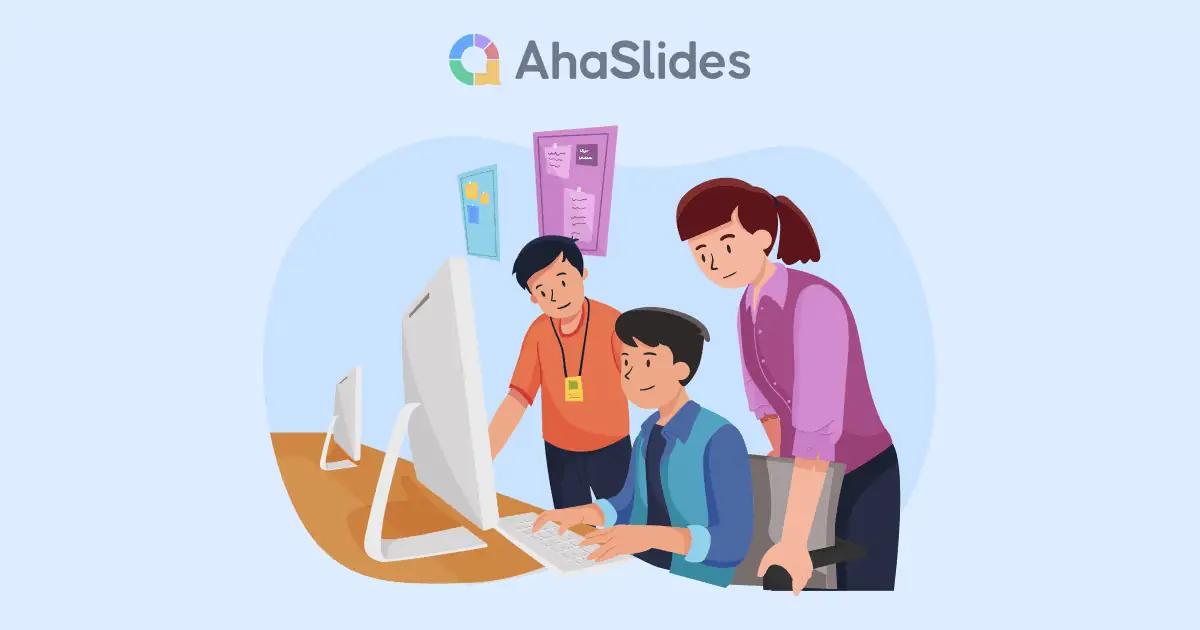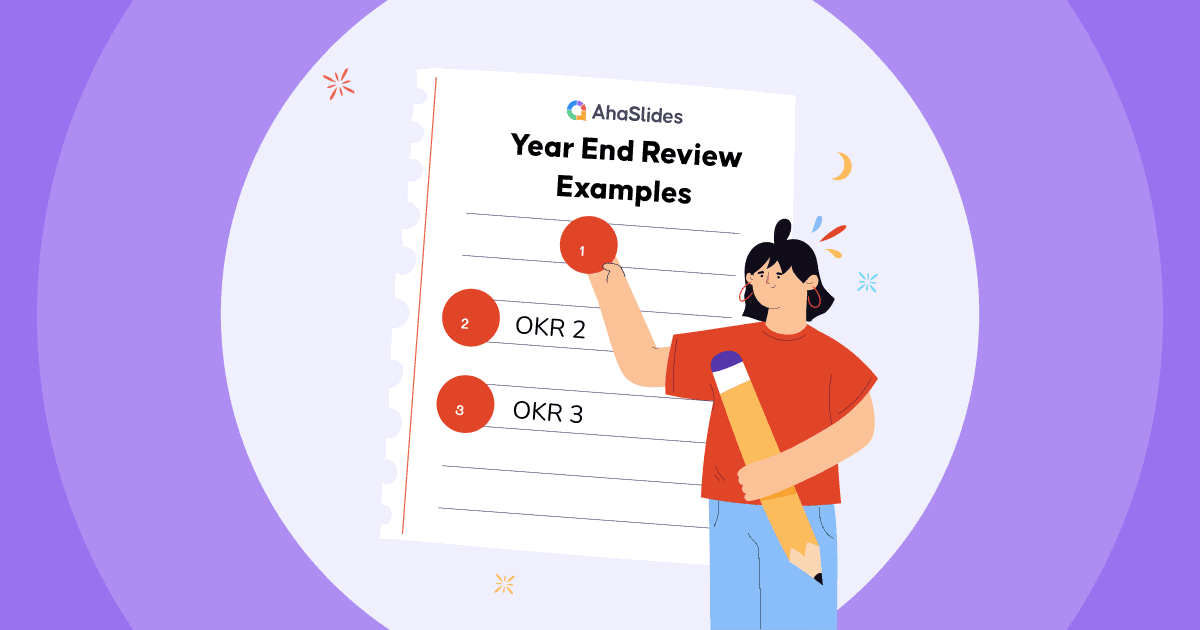你有沒有遇過這樣的情況:為了買車,不得不討價還價;為了加薪,甚至為了買紀念品,不得不和街頭小販討價還價?如果是這樣,你就參與了 分配性談判,一種基本的談判策略,重點是分配固定資源。
在本篇部落格文章中,我們將探討什麼是分配式談判,它的日常案例以及它與整合式談判的差異。我們也將深入探討一些必要的策略和技巧,幫助你在分配式談判中成為更有效的談判者。
目錄

提高參與度的技巧
什麼是分配談判?
分配談判是一種談判策略,其中兩個或多個參與方旨在相互分配固定或有限的資源。 可以將其想像為這樣一個場景:您必須將披薩切成片,並且每個人都想要更大的一塊。 在分配談判中,其理念是最大化你的份額,同時努力為自己爭取最好的交易。
簡單來說,這就像一場爭奪誰能得到什麼的拔河比賽。這種討價還價通常涉及利益衝突,一方獲得的東西,另一方就可能失去。這是一個雙贏的局面,一方獲得的越多,另一方獲得的就越少。
分配談判與綜合談判
分佈式談判 就是要爭取你的份額,比如在市場上討價還價或與雇主談判加薪。 你得到的越多,對方得到的就越少。
綜合談判, 另一方面,更像是拓展市場。 想像一下,您和您的朋友吃了一份披薩,但還有一些額外的配料,如意大利辣香腸、蘑菇和奶酪。 你們不必爭奪現有的披薩,而是可以根據自己的喜好添加配料,共同創造出更好的披薩。 綜合談判是一種雙贏的方式,雙方合作尋找可增加整體價值的創造性解決方案。
因此,簡而言之,分配性談判就是瓜分固定的蛋糕,而綜合性談判就是通過尋找互惠互利的解決方案將蛋糕做大。

分配談判示例
為了更好地理解分配式談判,讓我們探討一些這種談判策略發揮作用的現實例子:
1.薪資談判
想像一下,你在面試中與潛在雇主討論薪資。你希望獲得更高的薪水,而他們希望控制勞動成本。這種情況就體現在分配式談判中,雙方都在競爭一項固定資源──公司為你提供的職位預算。如果談判成功,你會獲得更高的薪水,但這可能會以犧牲其他福利或津貼為代價。
#2 – 購買汽車
當你去經銷商買車時,你很可能會進行分配式討價還價。你想要盡可能低的價格,而銷售人員則希望最大化自己的利潤。談判圍繞著汽車價格展開,找到一個讓雙方都滿意的中間價可能頗具挑戰性。
3.離婚協議
當一對夫婦離婚時,資產分割可以成為分配談判的典型例子。 雙方都有興趣從共享資產中獲得盡可能多的利益,例如財產、儲蓄和投資。 談判的目的是考慮法律框架和配偶雙方的利益,公平分配這些資源。
在每個例子中,分配談判都涉及各方努力最大化其在有限或有限資源中的份額。
分配談判的策略與策略

在資源有限且競爭激烈的分配式談判中,制定週詳的策略並運用有效的戰術,對於實現預期結果至關重要。讓我們深入探討此類談判中的關鍵策略和戰術:
1. 穩固你的立場
第一個報價通常起到錨定作用,影響談判的方向。如果你是賣家,可以先報高價。如果你是買家,可以先報低價。這樣可以定下基調,並為讓步留出空間。
#2 – 設定您的預訂點
保守你的底線——你願意接受的最低或最高報價。過早透露底線可能會讓對方知道你的底線,從而佔上風。
3. 做出戰略讓步
做出讓步時,要有選擇性和戰略性。 避免過快地放棄太多。 逐步讓步可以表明靈活性,同時保持你的地位。
#4 – 運用退縮
當收到錄用通知時,僱用 退縮策略。 以驚訝或擔憂的方式做出反應,讓對方質疑他們的提議的公平性。 這可能會促使他們改進他們的提案。
#5 –資訊就是力量
徹底研究主題和對方的立場。知識是分配式談判的寶貴武器。你掌握的資訊越多,你就越能有效地進行談判。
#6 – 設定截止日期
時間壓力可能是一種很有效的策略。例如,如果你正在談判一份合同,設定一個交易完成的最後期限可以促使對方更快地做出決定,這可能對你有利。

#7 – 使用有限的權限
聲稱你的決策權有限。這可能是個很有效的策略,因為它會給人留下你不是最終決策者的印象。這可能會鼓勵對方做出更多讓步,以獲得更高權威人士的認可。
#8 – 好警察,壞警察
如果你們是團隊談判,可以考慮「好警察,壞警察」的策略。一個談判者採取強硬立場,而另一個談判者則表現得更溫和。這可以製造混亂,並促使談判者做出讓步。
9. 必要時離開
如果對方明顯不願意滿足你的最低要求,那就做好放棄談判的準備。有時候,放棄談判才是最有效的策略。
關鍵要點
分配式談判是一項寶貴的技能,值得你精通。無論你是在跳蚤市場討價還價,還是為了加薪而談判,亦或是達成商業交易,了解分配式談判的策略和技巧都能幫助你為自己或你的組織爭取到最佳結果。
別忘了,無論你是在磨練談判技巧、進行有影響力的演講,還是在培訓銷售團隊,都要考慮 啊哈幻燈片 支持您走向成功。 通過我們的服務將您的內容提升到一個新的水平 交互式模板 滿足各種需求和行業。 你的觀眾會感謝你的。
常見問題(FAQ)
什麼是分配性談判和綜合性談判?
分配談判: 這就像分蛋糕一樣。各方爭奪固定的資源,一方獲得,另一方就可能失去。這通常被視為雙贏。
綜合談判: 這就好比把蛋糕做大。各方合作,尋找創意的解決方案,進而提升談判資源的整體價值。這通常是一個雙贏的局面。
分配談判是雙贏嗎?
分配式談判通常並非雙贏。它常常導致雙輸的局面,一方的所得是另一方的所失。









